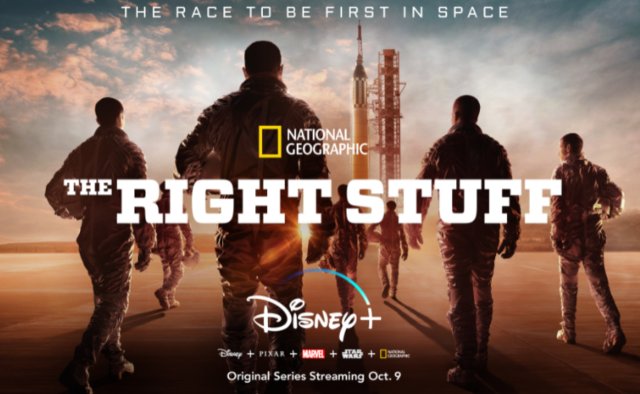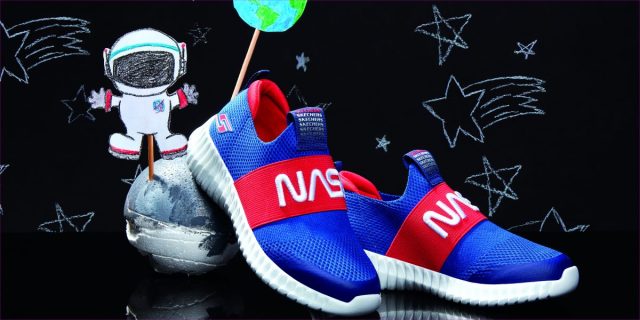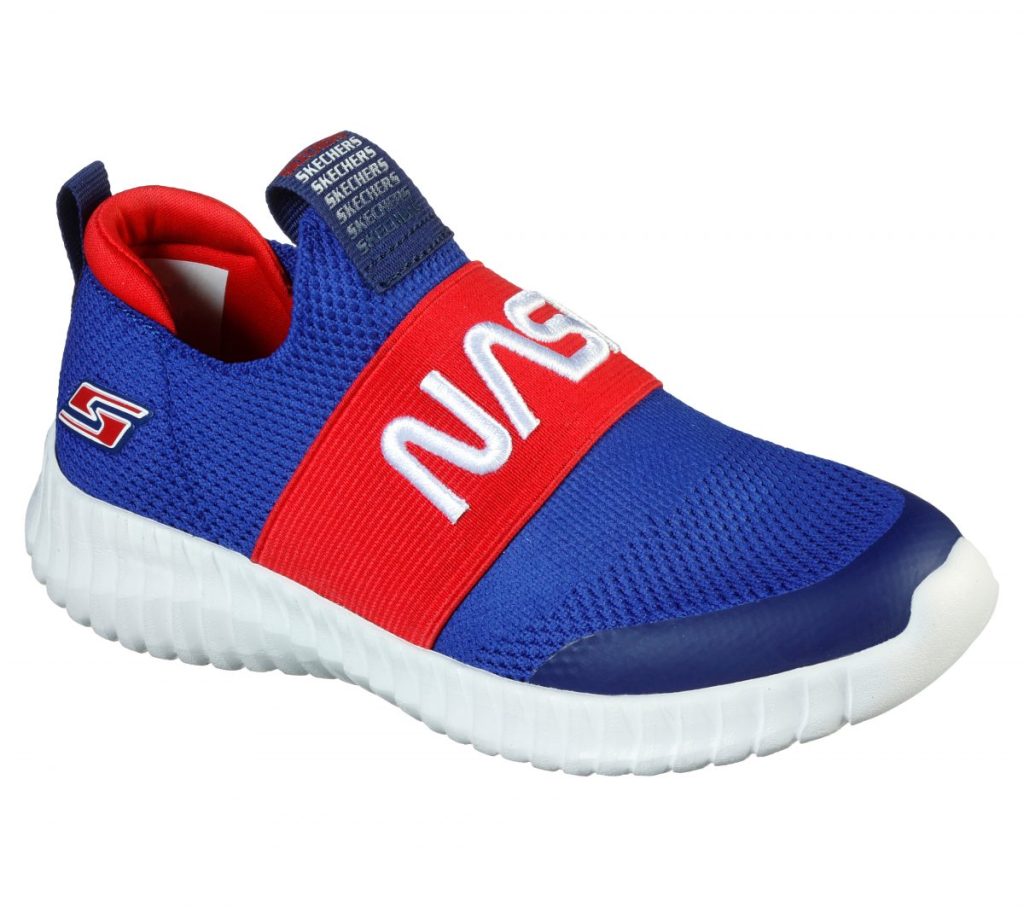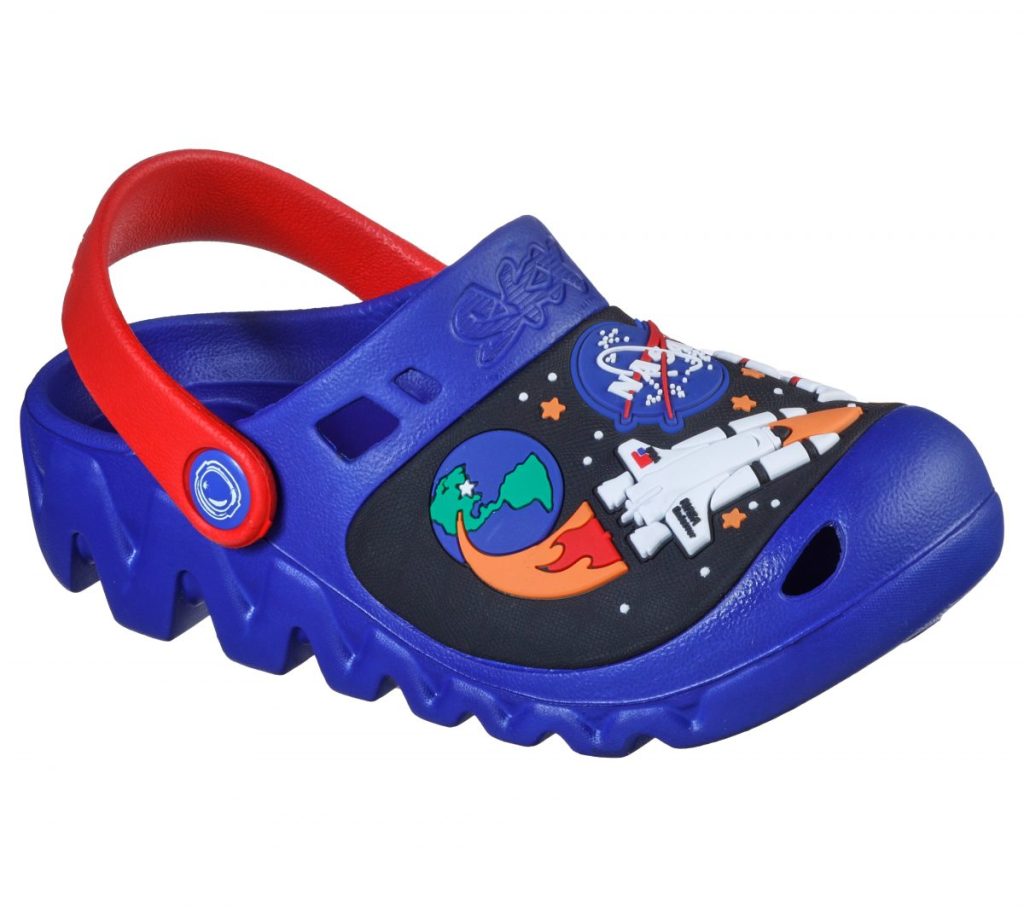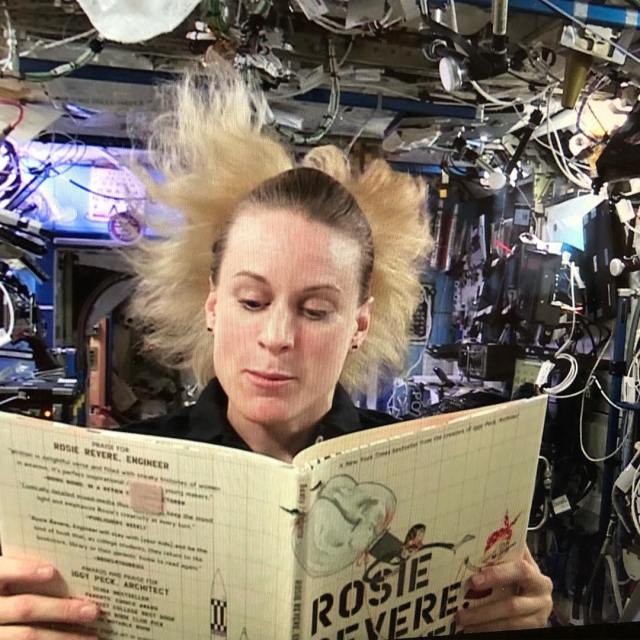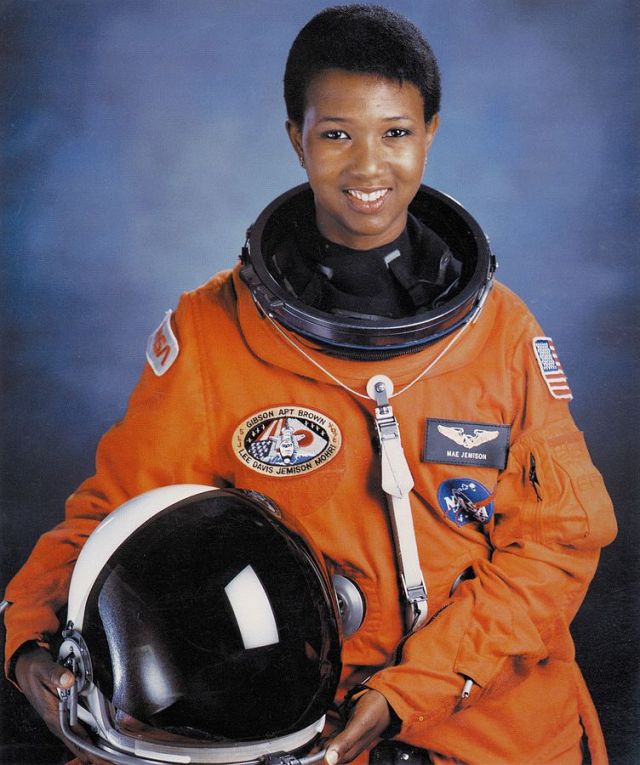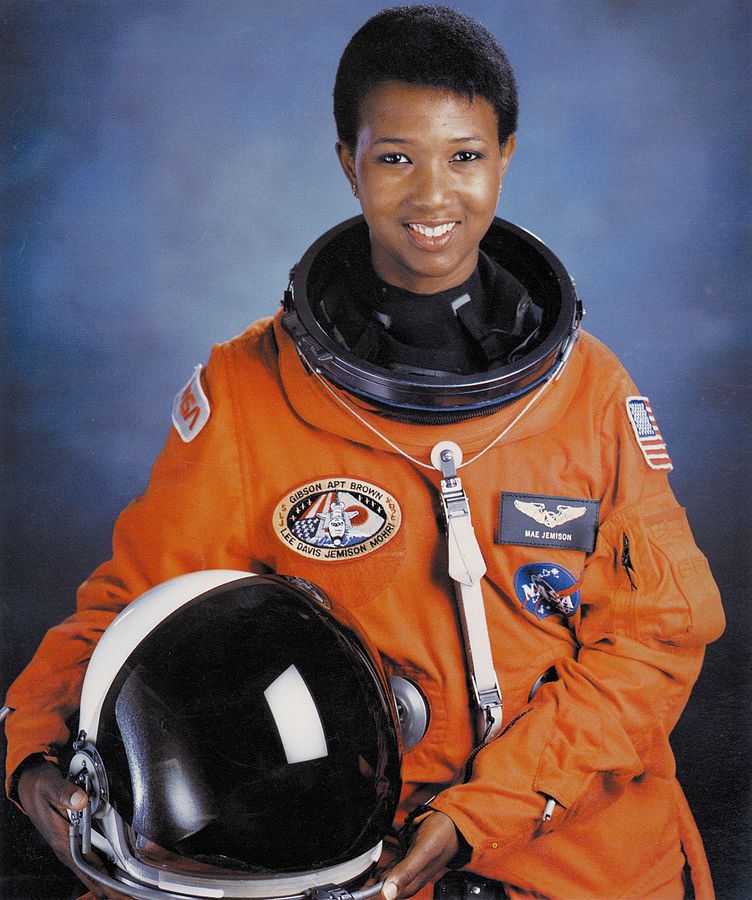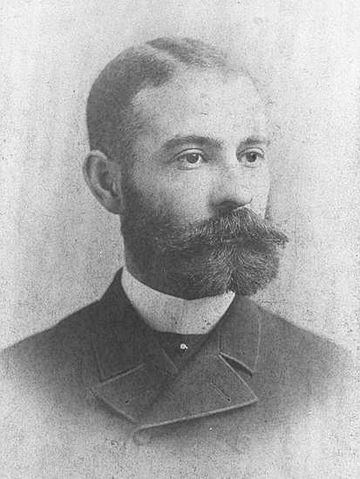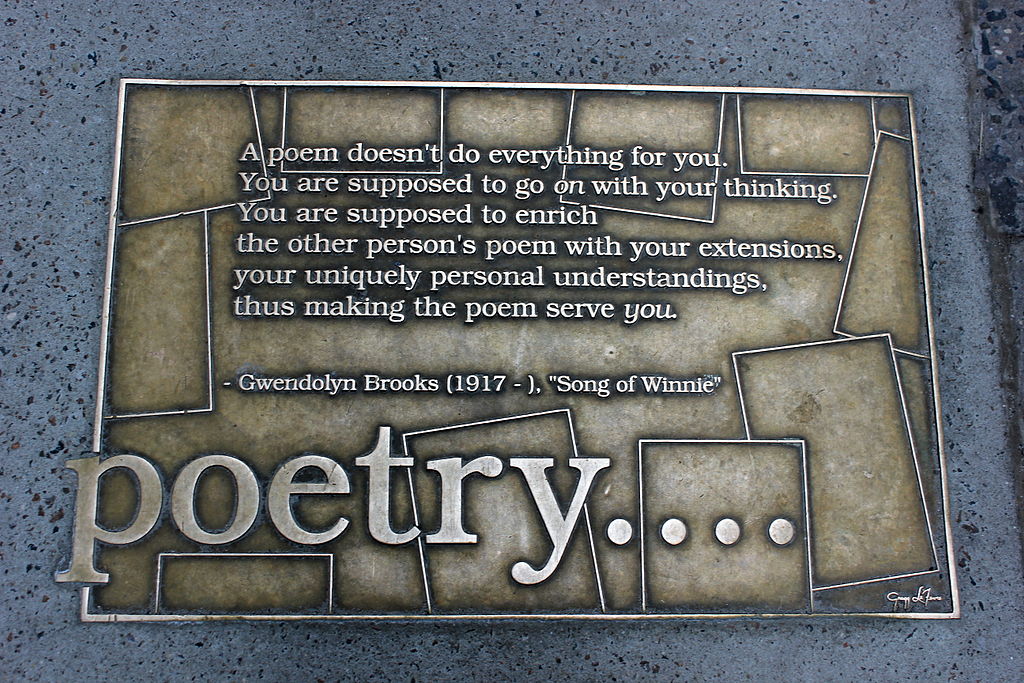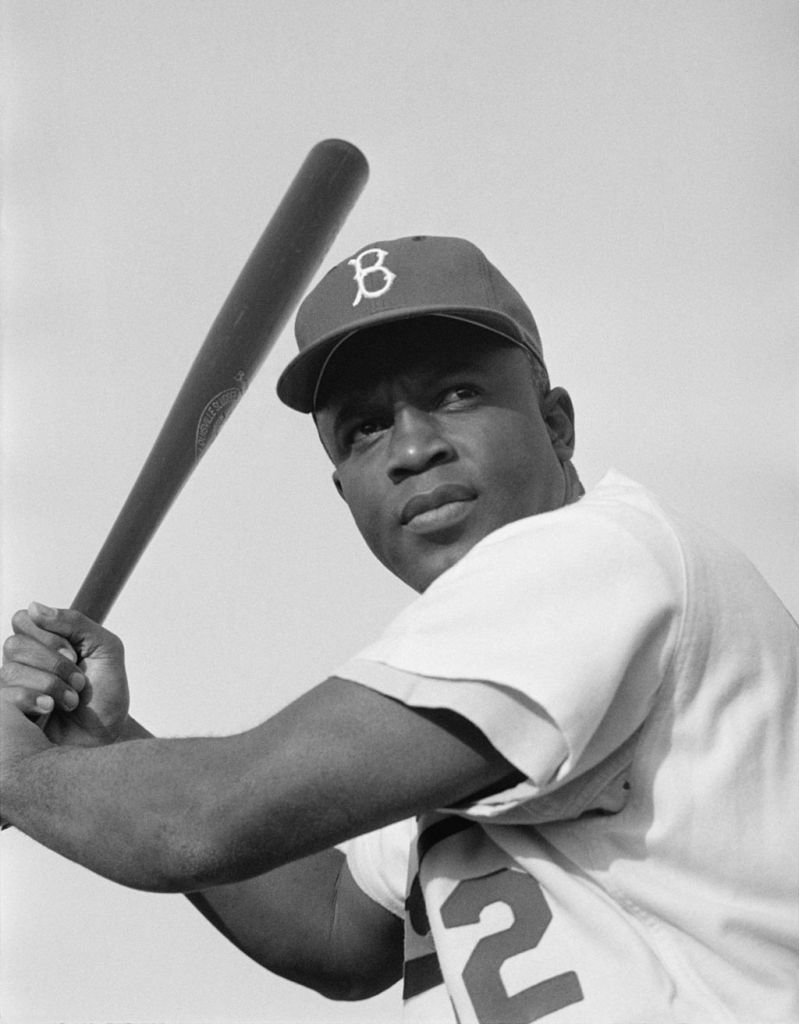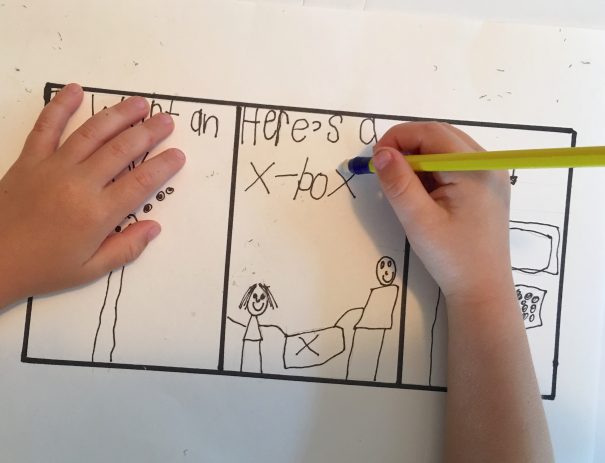Not so long ago, in a galaxy called the Milky Way, a space shuttle was built in a town about an hour outside of Los Angeles (Palmdale). It flew over 100 million miles and spent almost a year of its lifetime in outer space. This dynamic little shuttle wanted nothing more than to retire to its sunny hometown, delighting and educating school kids for generations to come…
Image courtesy of Renata Kanclerz.
You might have heard a little something about the space shuttle Endeavour recently! It was kind of hard to miss all the excitement, as it flew over major landmarks in the city and school kids lined up on school playgrounds, at the airport or at the beach for a view of the historic flight. Then a few weeks later the shuttle was met with fans and crowds at every turn as it made its way along the streets of the city. (Check out an amazing time-lapse video of that trek here.) And then it arrived home at the California Science Center, where it will live at the Sam Oschin Pavilion. What are you waiting for? Get your tickets today and go see it up close and in person! But first… let us give you the scoop on getting the most out of your visit.
Image courtesy of Craig Deitrich via Flickr.
Super cool facts about our very own space shuttle
Our space program has had 5 orbiters—Columbia, Challenger, Discovery, Atlantis and Endeavour—and together they have made a total of 135 missions. Endeavour was the final orbiter to join the shuttle fleet. Endeavour’s final mission took place in May 2011. More fun facts:
- Is the first (and only) shuttle named by kids.
- Is the first shuttle to service the Hubble Space Telescope.
- It carried the first African-American female astronaut into space (Mae Jemison), the first Japanese astronaut in the shuttle program (Mamoru Mohri) and the first married couple to fly on the same space mission (Mark Lee and Jan Davis).
- And on Endeavour’s first spaceflight, four spacewalks were completed in a single shuttle mission, which had never been done before.
What to do when you visit
Endeavour is currently on display in the Samuel Oschin Space Shuttle Endeavour Display Pavilion. (Until a new addition to the Science Center called the Samuel Oschin Air and Space Center is completed).
Image courtesy of Renata Kanclerz.
Endeavour: The California Story is the first stop on every visit – it’s a companion exhibit featuring pictures and artifacts (like Endeavour’s potty, galley and tires) that relate the shuttle program to California, where the orbiters were built
You may have to forewarn your kiddos that this is a “looking not touching” exhibit. To preserve the spacecraft, they will not be able to actually enter it. But they will be able to get as close to Endeavour as possible and examine it from many perspectives and elevations.
Don’t forget the IMAX tickets
Two space IMAX movies will be showing to round out your day. Choose between Hubble 3D, where the audience goes along with space-walking astronauts as they attempt one of the most difficult and important tasks in NASA’s history- repairing the Hubble Space Telescope; and Blue Planet, which features footage taken by crews during five space shuttle missions (including a breathtaking “earthrise”). Or better yet, don’t choose, see both!
Image courtesy of Renata Kanclerz.
Space shuttles and astronauts and meteors, oh my!
Did this just whet your appetite for more outer space encounters? You’re in luck: Los Angeles is a great place to explore the final frontier! Not only do we have Jet Propulsion Labs in Pasadena (and did you know, you can book a private tour there at any time), there is the Columbia Memorial Space Center in Downey, the recently renovated Griffith Observatory, with wonderful programs for kids, public star parties and an awesome planetarium, and finally, the Mount Wilson Observatory is open to the public from April 1 – November 30.
The 411
Because you’re not the only family who can’t wait to see the shuttle, a visit requires a timed ticket, which you can reserve in advance online. The tickets are free, but there is a $2 service charge per ticket. If you’ve got youngsters who aren’t good at waiting, you may wish to make your trip during non-peak times (peak viewing times are weekday mornings and weekend afternoons), as even timed ticket entry may be delayed during those times.
The California Science Center is located at 700 Exposition Park Drive, right in the middle of Exposition Park (adjacent to the Los Angeles Memorial Coliseum and across the street from the University of Southern California). There is plenty of on-site parking for $10, or leave your car at home and take public transit! Take the Metro Expo Line and exit at the Expo Park/USC Station.
Food Tips
If you don’t want to eat McDonalds, Taco Bell or a cafeteria style option, pack a picnic and eat in the beautiful Rose Garden behind the museum. Something is usually in bloom and kids delight in running around the giant fountain!
Let us know about your trip to see the Endeavour. Any tips you’d like to share with our readers?
— Meghan Rose
